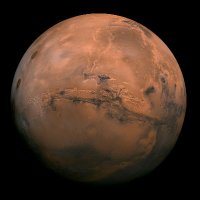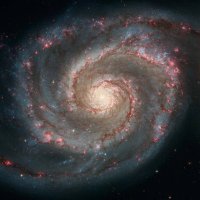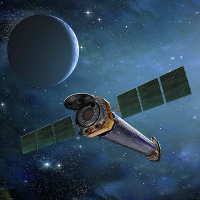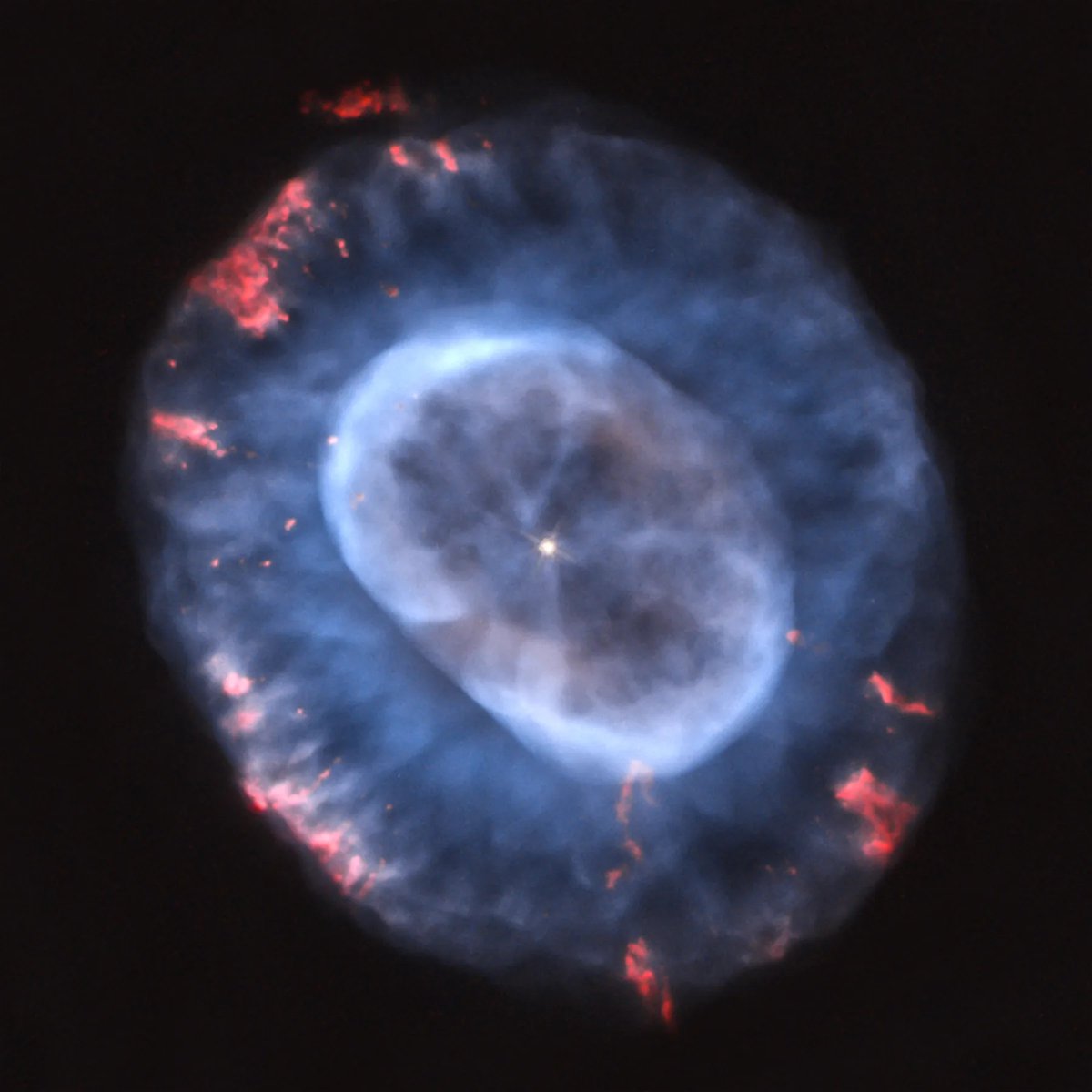
Dusty Roberts
@dustyscifi
IN QUEUE FOR THE INTERGALACTIC TELEPORTER
ID: 1117703917
http://dustyrobertsauthor.com 24-01-2013 20:38:10
33,33K Tweet
39,39K Followers
38,38K Following









Plunge into the story behind some of NASA’s most iconic black hole videos! Follow NASA Goddard astrophysicist Jeremy Schnittman through the process of producing these scientifically accurate visualizations showing flights around and into a black hole: go.nasa.gov/4pJxz9G




Learn more about gravitational lensing in this NASA Goddard Glossary!

















